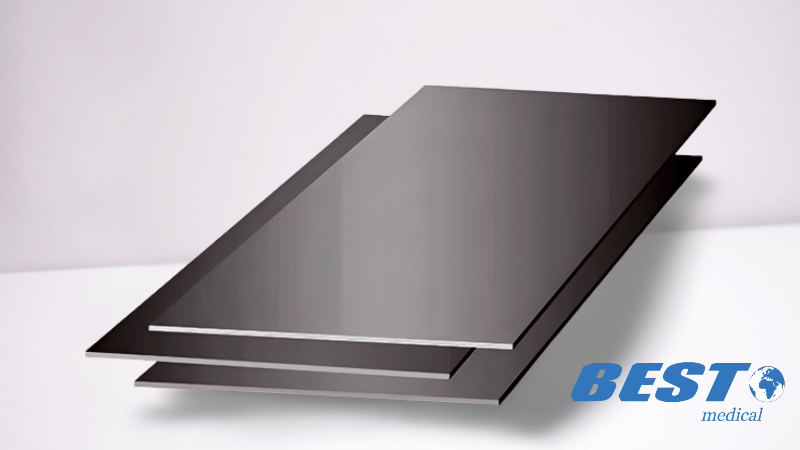Medical Stainless Steel F139 / 316LVM / ISO5832-1
Model No.︰SIKX316L
Brand Name︰Best Medical
Country of Origin︰China
Unit Price︰US $ 26 / KG
Minimum Order︰1 KG
Product Description
Stainless steel 316LVM is a high-grade material widely used in the medical field, particularly for the fabrication of orthopedic implants, cardiovascular stents, and surgical instruments. This material is known for its excellent biocompatibility, corrosion resistance, and mechanical properties, making it an ideal choice for devices that are implanted in the human body.
Composition
The designation 316LVM stands for Low Carbon Vacuum Melted stainless steel. This specific process and composition improve its cleanliness and bio-compatibility. The composition of 316LVM includes:
- Chromium (Cr): 17.0% to 19.0%
- Nickel (Ni): 13.0% to 15.0%
- Molybdenum (Mo): 2.25% to 3.0%
- Manganese (Mn): up to 2.0%
- Silicon (Si): up to 1.0%
- Carbon (C): 0.03% max
- Phosphorous (P): 0.025% max
- Sulfur (S): 0.01% max
- Iron (Fe): Balance
Properties
- Biocompatibility: It is highly resistant to reaction with the body fluids and tissues, which makes it an excellent choice for long-term implants.
- Corrosion Resistance: The inclusion of molybdenum gives 316LVM superior resistance to corrosion, particularly against chlorides and other industrial solvents.
- Strength and Durability: Even with its low carbon content, 316LVM maintains a high tensile strength and is capable of enduring rigorous physical stress, which is crucial for orthopedic implants that bear weight or experience significant mechanical stress.
- Weldability and Formability: The vacuum melting process reduces impurities and enhances its weldability and formability, making it suitable for complex shapes and designs in medical devices.
Applications in Orthopedics
In your industry, 316LVM stainless steel is used for manufacturing various orthopedic implants and instruments, such as:
- Locking Plates: These are used to stabilize broken bones by holding them in place with screws. The strength and biocompatibility of 316LVM ensure that the plates do not cause adverse reactions while providing the necessary support for bone healing.
- Intramedullary Nails: These rods are inserted into the marrow canal of a bone to treat fractures. 316LVM's durability and resistance to corrosion are critical for the longevity and success of these implants.
- Artificial Prosthesis for Hip and Knee: Joint replacements made from 316LVM offer a combination of strength, flexibility, and compatibility with body tissues, contributing to their functionality and lifespan.
- Orthopedic Instruments: Tools like acetabular reamers, hip rasps, or broaches, and cervical distractors benefit from the material's strength and corrosion resistance, ensuring longevity and reliability during surgical procedures.
Conclusion
Stainless steel 316LVM stands out as a material of choice for medical applications, especially in orthopedics, due to its exceptional properties and compatibility with human biology. Its use in manufacturing implants and instruments underlines the importance of material science in advancing healthcare technologies and improving patient outcomes.
Payment Terms︰ TT / LC / PYPL
